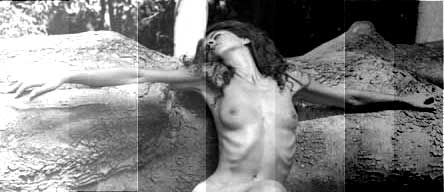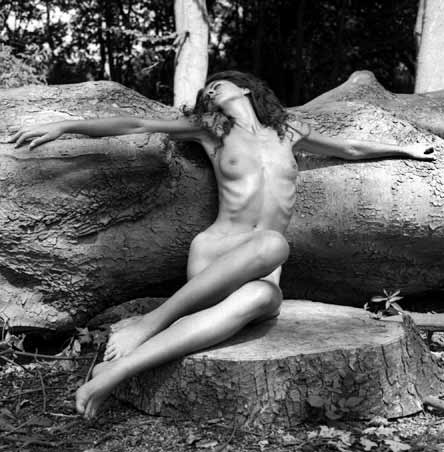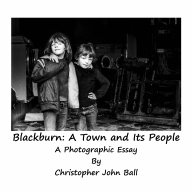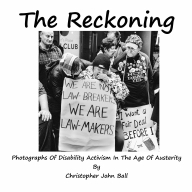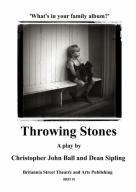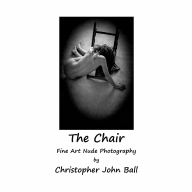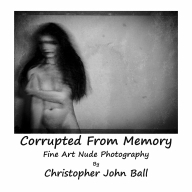
A Short Introduction to Making a Successful Photographic Test Strip/Print by Christopher John Ball:

Tweet
Though it is possible to purchase an 'exposure meter' for calculating print exposure times these can be expensive and, for fine art/exhibition printing, not always accurate.
By far the best way to ascertain the correct exposure for any given negative/paper type is to produce a test strip. To do this you must use a piece of photographic paper of the same type, and paper batch, that you wish to make the final print with. You cannot use a piece of paper left over from another box, without first checking that the manufacture batch number is the same. Paper speed can vary between batches, therefore a test strip, to be of value and accurate, has to be made from the same batch.
Set up your enlarger, with the negative you wish to print, to the desired print size. After focusing, with the lens fully open, stop down the lens 3 stops.Take a strip of photographic paper, of about 2 to 3 inches wide. You will also need a piece of opaque card. Place the strip of photographic paper in the photographic easel under the enlarger. Cover the paper with the card and set your enlarger timer to 3 seconds. Uncover a strip of paper and press the enlarger timer button. When the allocated time has passed, and the timer has turned off the enlarger, uncover another section of the paper. Turn on the timer again. Repeat the procedure until all the paper has been exposed.
It is possible to purchase special test strip holders that have hinged metal, or plastic, flaps. They serve no real purpose and are, to me, a waste of money. Your photographic easel and a piece of opaque card should suffice.
Take this photographic paper and develop,and fix, wash in the usual manner. Please stick to the same developer times so as to acquire a constant.Once you have finished the process you should have a test strip that looks something like the example below.
As you can see the strip shows a light image that gets gradually darker in bands. The lightest section having been exposed to the light the least. The darkest section having been exposed for the most time and also the first section to be exposed.
From this you can ascertain, visually, an exposure that suits the negative you have selected to print. In the above example I choose to expose the print at 12 seconds to give the print example below. This gives a straight print, but this method of exposure determination can also be used to find out how much extra exposure is needed to 'burn in' or 'hold back' sections of a photographic print.
It is important to remember that when you make the finished print you most use the same development time, f-stop etc. that you used for the test strip.


